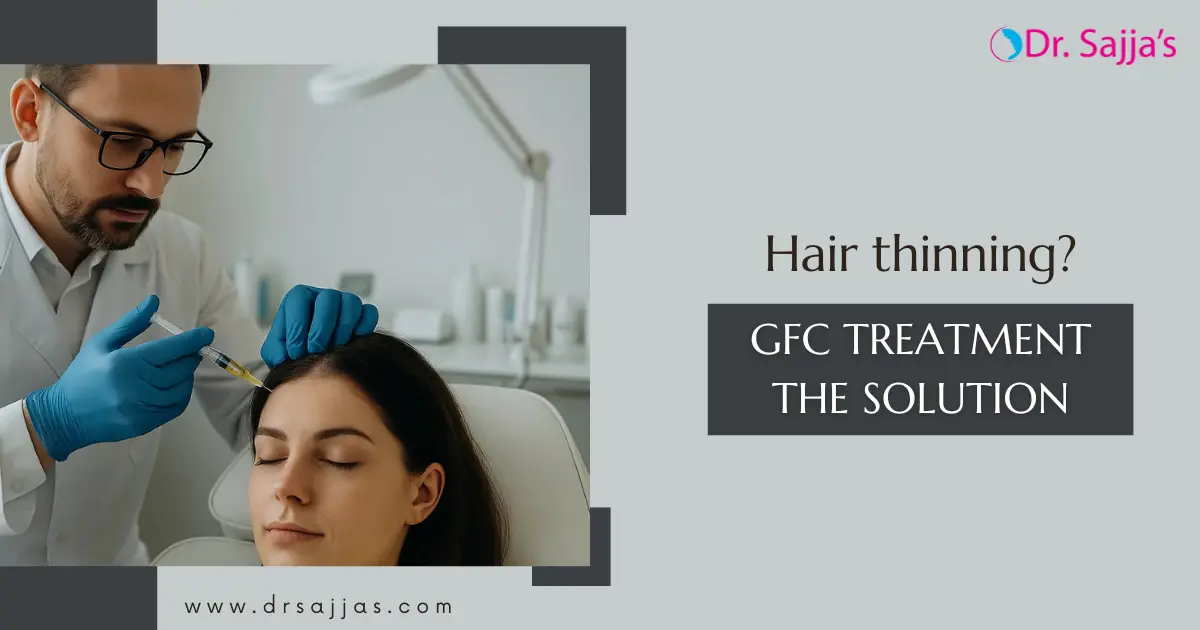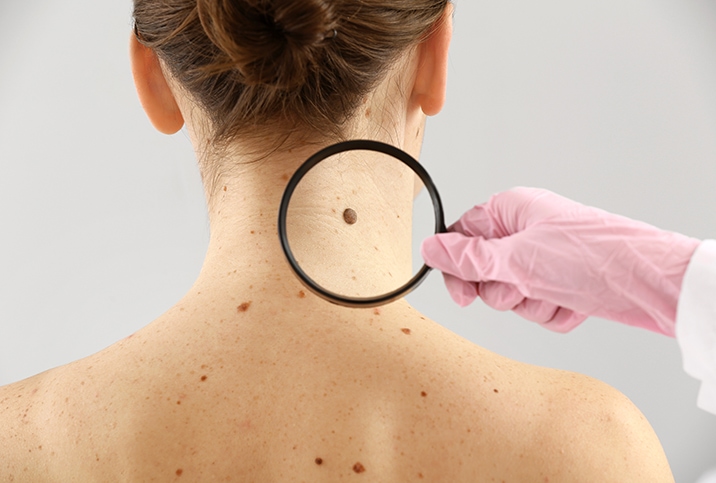
Vitiligo is a skin condition that causes the loss of skin pigmentation, resulting in white patches on the skin. This condition affects people of all races and ages and can significantly impact an individual’s quality of life. While several treatment options are available for vitiligo, vitiligo surgery has emerged as a promising and effective treatment for those seeking to regain skin pigmentation.
This comprehensive guide will explore the various aspects of vitiligo surgery treatment, including the procedure, recovery process, risks, benefits, and cost.
What is Vitiligo Surgery Treatment?
Vitiligo surgery involves transplanting healthy skin cells from one part of the body to another to restore skin pigmentation in areas affected by vitiligo. This procedure is typically performed under local anaesthesia in an outpatient setting, and it can take several sessions to achieve the desired result.
Types of Vitiligo Surgery Treatment
There are several types of vitiligo surgery treatment, and the choice of procedure depends on the extent and severity of the condition. The most commonly used techniques include:
-
Autologous skin grafting:
This procedure involves removing a small piece of healthy skin from an unaffected body area, such as the thigh or buttocks, and transplanting it to the affected area. The transplanted skin contains melanocytes, the cells responsible for skin pigmentation, which will migrate to the surrounding skin and restore colour.
-
Non-cultured melanocyte transplant:
It involves taking a small biopsy of healthy skin from an unaffected body area and isolating the melanocytes in a laboratory. The isolated melanocytes are then transplanted to the affected area using a surgical instrument.
This procedure is usually reserved for patients with a small area of vitiligo.
-
Cultured melanocyte transplant:
A laboratory culture is used to grow melanocytes for several weeks before transplanting them to the affected area, making it possible to transplant more melanocytes and benefit patients with larger vitiligo areas. This procedure is similar to a non-cultured melanocyte transplant.
-
Blister grafting:
A medical professional produces small blisters on an unaffected body area with suction or heat to remove the top layer of skin. They then transplant the top layer of skin containing melanocytes to the affected area.
-
Microskin grafting:
This procedure involves taking a small piece of skin from an unaffected area of the body and processing it in a laboratory to create synthetic skin that matches the patient’s skin colour. The artificial skin is then transplanted to the affected area using a surgical instrument.
Benefits of Vitiligo Surgery Treatment
-
Restoring Skin Pigmentation:
The primary benefit of vitiligo surgery treatment is the restoration of skin pigmentation, which can improve the appearance of the affected areas and boost self-confidence.
-
Safe and Effective:
Vitiligo surgery is a safe and effective treatment option with a high success rate in restoring skin pigmentation.
-
Non-invasive:
Vitiligo surgery treatment does not involve extensive incisions or sutures, minimizing the risk of scarring and infection. It is a non-invasive procedure.
-
Long-lasting Results:
Vitiligo surgery treatment can provide long-lasting results, with most patients experiencing restored skin pigmentation for several years.
Risks and Complications of Vitiligo Surgery Treatment
-
Infection:
There is a disease risk at the donor and recipient sites.
-
Scarring:
There is a risk of scarring at the donor and recipient sites, particularly with punch grafting.
-
Hypopigmentation:
There is a risk of developing hypopigmentation or lightening of the skin at the donor site.
-
Unsatisfactory Results:
Despite its high success rate, vitiligo surgery may fail owing to poor healing or pigmentation.
Recovery Process and Aftercare
The recovery process and aftercare for vitiligo surgery treatment will depend on the type of procedure performed. Patients may expect pain medication and anti-inflammatory drugs to manage discomfort, swelling, and redness at the donor and recipient sites. To ensure better healing and reduce the risk of problems, it is crucial to adhere to your surgeon’s post-operative instructions.
During recovery, patients should avoid exposing the treated areas to direct sunlight, as this can cause hyperpigmentation or darkening of the skin. They should also avoid strenuous activity, excessive sweating, and swimming for several weeks to prevent infection and promote healing.
Follow-up appointments with the surgeon will be necessary to monitor the healing process and assess the procedure’s success. Vitiligo surgery may require numerous sessions, with intervals depending on the patient’s response.
Conclusion
Vitiligo surgery treatment is a safe and effective option for those seeking to restore skin pigmentation in areas affected by vitiligo. This procedure offers several benefits, including long-lasting results, minimal scarring, and a high success rate. However, like any medical procedure, it carries some risks and potential complications, and patients should carefully weigh the pros and cons before undergoing the procedure.
Are you thinking of getting a vitiligo surgery treatment in Tirupati? Have any queries about the treatment?
The well-established Dermatologist in Tirupati, Dr. Prakash Sajja, and his technical team are here to solve all your queries.
♥ Do call 9440830455 or Fill out our Appointment form to get in touch!
♥ Follow our Social Media pages for recent updates. Facebook | Instagram



